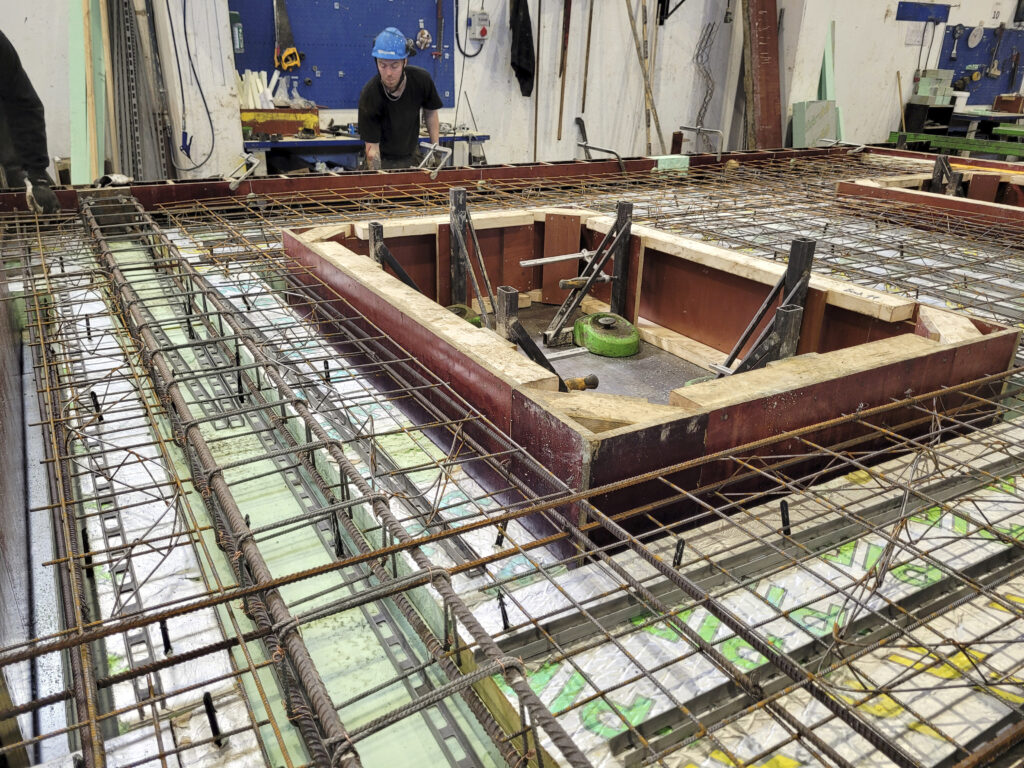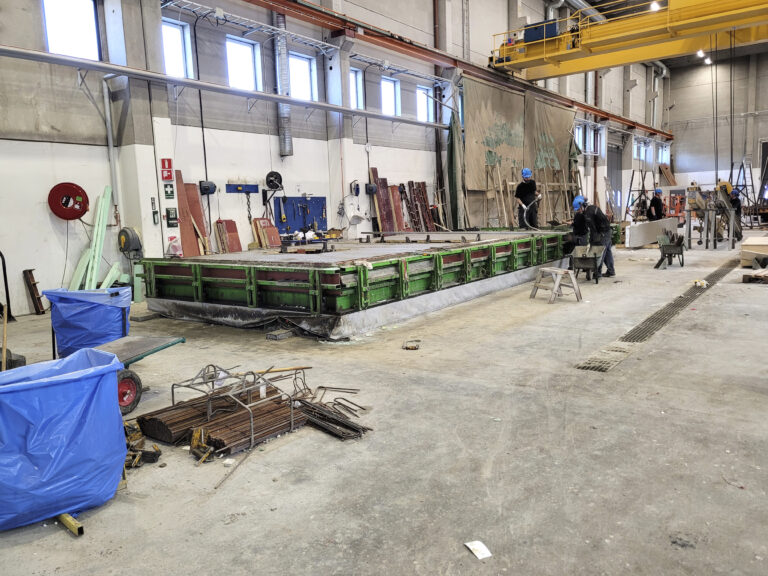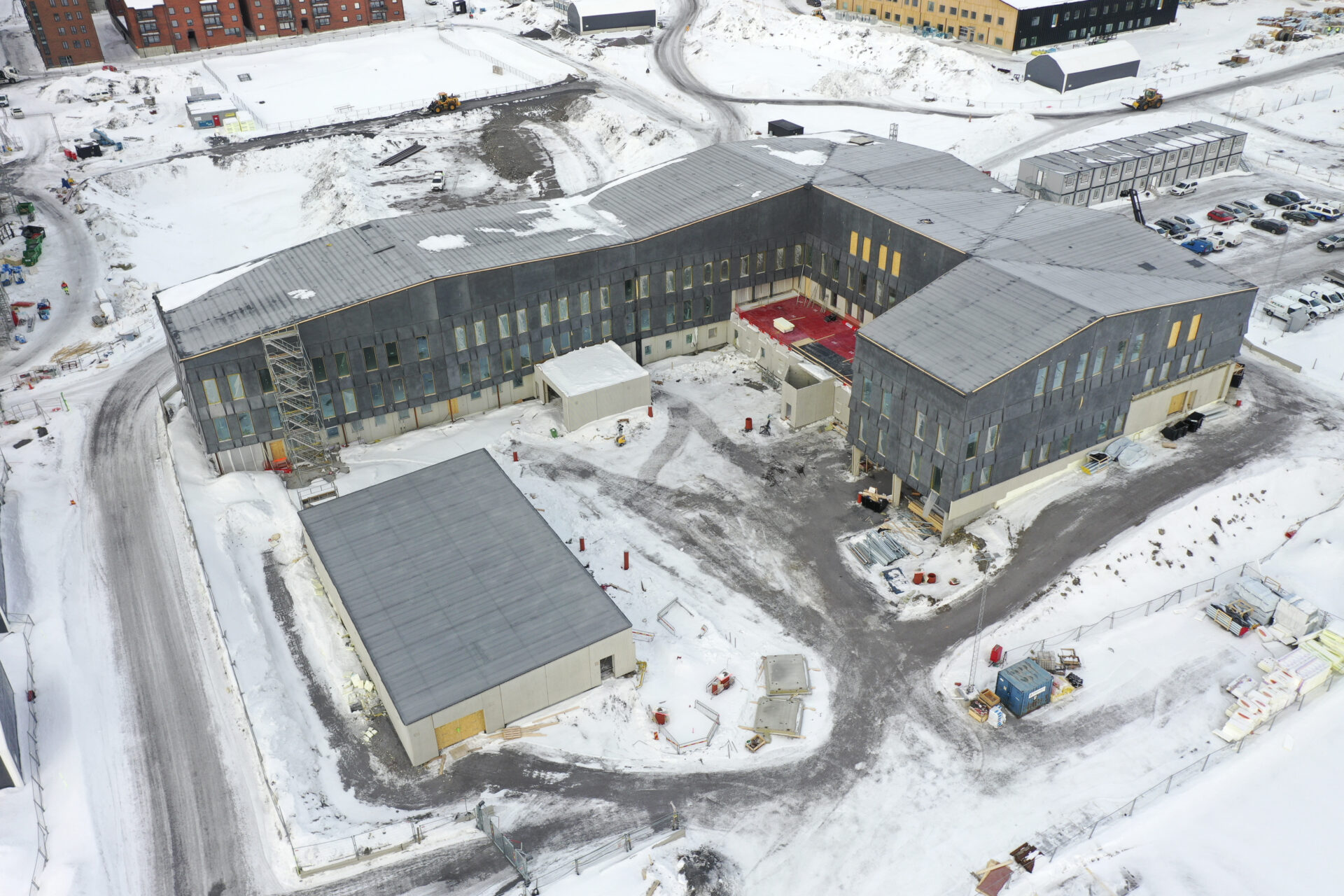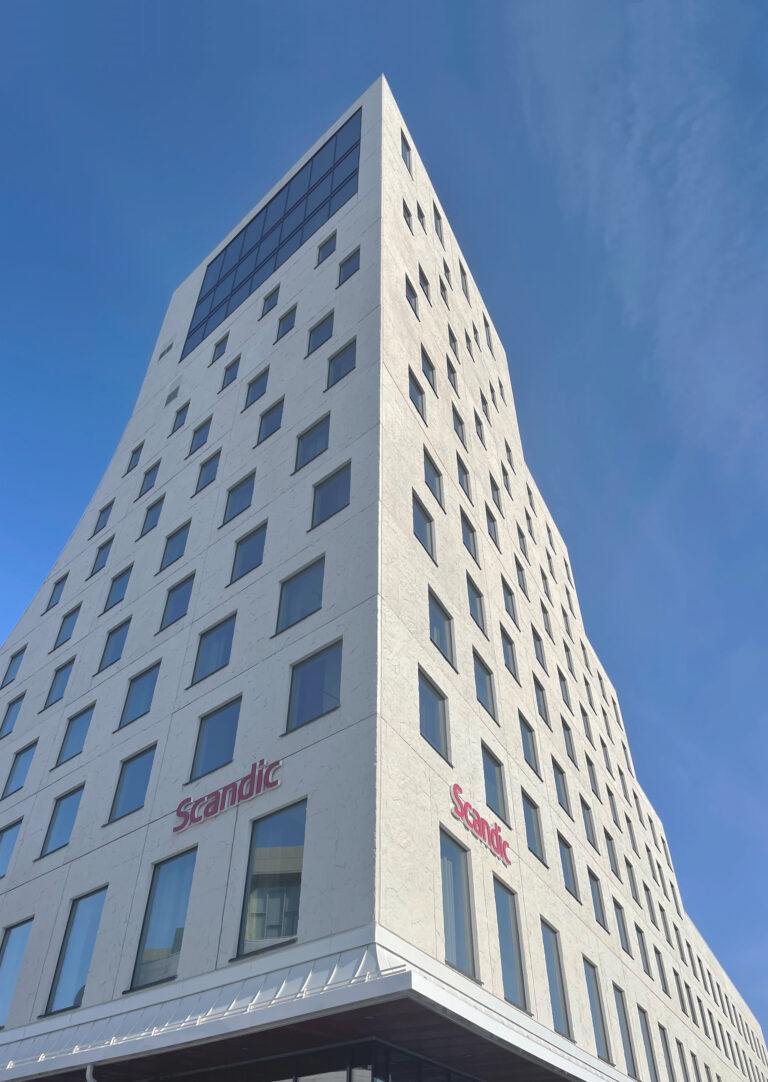Well-functioning tables that last
So far, the Elematic wall line, including hydraulic tilting tables and FaMe shuttering systems, has worked so well that there has not been much need for service besides normal regular maintenance, such as changing hydraulic oil.
“Hopefully the tables will be there for 40 years and will be serving us well,” says Juntti.
Prefabmästarna’s inhouse service technician is very familiar with the equipment, but in a few special cases, Elematic’s people have come to Sweden to help with the hollow core equipment. “When someone comes here to help us out, you can see that they are very skilled, they know what they are doing!” Juntti assures.
Based on Prefabmästarna’s experiences, it is easy for Juntti to recommend Elematic to other precasters. As a matter of fact, it is not more than a few months since a competitor asked him about the wall tables, and he happily told about the “reliable equipment and the good service level.”
Challenging but beautiful wall panels
The long-term real capacity for the wall production is about 40,000m2/year. The latest two years, the annual wall production has been at about 30,000m2, as Prefabmästarna has produced a lot of high-profile, time-consuming wall elements.
The new Kiruna – the town that is moving – features several great examples of interesting precast concrete walls. Take for example the new police building, scheduled to be finished next year. Its special façade will consist of walls made of highly profiled, anthracite gray panels and spectacular columns. Another example of unusual precast walls can be found in Kiruna’s Scandic Hotel which was just finished. The landmark tower is, with its white, patterned façade, inspired by Sweden’s highest mountain, the nearby Kebnekaise.
“It’s important to do something extra sometimes, something that is not standard procedure. It’s not always the most profitable but it’s interesting and you learn a lot from it,” Markets Manager Johnny Larsson says. “For us and all the companies involved, it’s something to be proud of.”
Colored and graphic concrete – made by lining the mold with patterned rubber material – are the strongest trends in precast wall construction right now.
“The surfaces have been more highly profiled, and, if we are talking in terms of money, they are maybe a little bit more expensive than they used to be,” says Juntti.
Less emission with quality aggregates
Talking about trends, we cannot get round sustainability. Reducing CO2 emissions is something that Juntti and Larsson have been preoccupied with lately.
Sweden’s biggest cement supplier, Cementa is investing heavily in reducing emissions with the CCS (Carbon Capture and Storage) technique.
“The cement production could get down to close to zero emissions, and that would be a great situation for us in the whole concrete industry. And we believe that it is realistic” Juntti notes.
While waiting for the development of zero-emission cement, Prefabmästarna is doing what it can to reduce its carbon footprint: The precast plant is, for example, heated with district heating from green energy sources, and the designers strive to make slim structures, using as little concrete as possible. And then there is the concrete recipe that is constantly being developed and improved.
“We are lucky to have access to a very good gravel material, so we need a smaller amount of cement in our recipe,” notes Larsson. Juntti continues: “We can reduce the dimensions of the columns or the beams because the material we are using allows the concrete to withstand higher pressures.”



